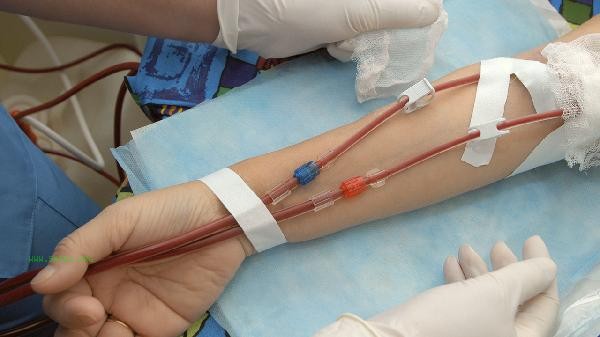Muscle weakness in the arms may be caused by nerve compression, muscle strain, electrolyte imbalance, cervical spondylosis, stroke, and other reasons. Long term poor posture, excessive use of arms, and lack of nutritional intake may also lead to this symptom.

1. Neural compression
Cervical disc herniation or thoracic outlet syndrome may compress the brachial plexus nerves, leading to decreased muscle control in the arms. Manifested as persistent soreness and weakness in one arm, possibly accompanied by numbness in the fingers. Diagnosis needs to be confirmed through cervical MRI. Mild cases can be treated with traction, while severe cases require surgery to relieve compression.
2. Muscle strain
Repetitive arm movements or sudden excessive force can cause micro damage to muscle fibers, which is common among fitness enthusiasts or manual laborers. The symptoms are local muscle soreness accompanied by temporary weakness, which usually recovers on its own after 3-5 days of rest. Hot compress and mild stretching can help alleviate the symptoms.
3. Electrolyte disorders
Hypokalemia or hypocalcemia can affect muscle contraction function, commonly seen in individuals with diarrhea, diuretic use, or dietary imbalances. In addition to arm weakness, it is often accompanied by symptoms such as general fatigue and palpitations. Diagnosis should be confirmed through blood tests, and timely supplementation of electrolyte solution can improve the condition.

4. Cervical spondylosis
When cervical degenerative lesions stimulate nerve roots, it may cause radiating arm weakness, which is more pronounced in the morning and slightly relieved after activity. Often accompanied by neck stiffness and headache, it can be diagnosed through X-ray imaging. Physical therapy and neck muscle exercise are the main intervention methods.
5. Stroke
Insufficient blood supply to the motor area of the brain can lead to sudden weakness in the contralateral arm, often accompanied by central nervous system symptoms such as unclear speech and facial asymmetry. It is an emergency and requires immediate CT examination. Thrombolysis treatment can be considered within 4.5 hours of onset, and long-term rehabilitation training is needed in the later stage.

Daily attention should be paid to maintaining correct sitting posture to avoid cervical compression, controlling intensity and warming up during arm exercises, and ensuring sufficient intake of minerals such as potassium and calcium in the diet. If the arm weakness persists for more than a week or worsens progressively, especially when accompanied by other neurological symptoms, it is necessary to seek medical attention promptly to investigate the serious cause. Middle aged and elderly individuals can undergo regular neck vascular ultrasound examinations to prevent cerebrovascular disease.








Comments (0)
Leave a Comment
No comments yet
Be the first to share your thoughts!